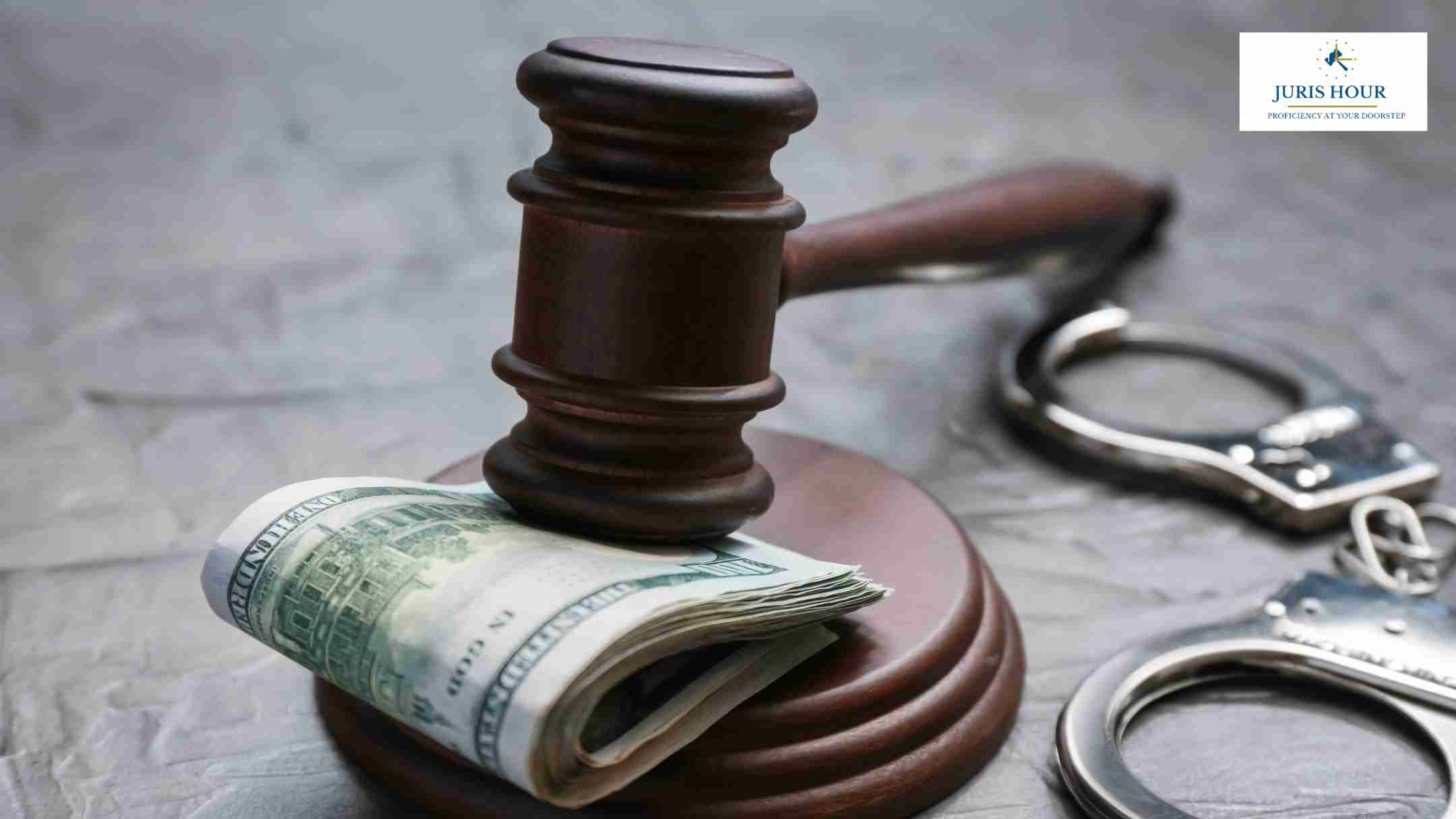Crisis In Judiciary: Unexplained Cash Discovery at Justice Yashwant Varma’s Residence Sparks Controversy - No ED, CBI, or Income Tax Probe

Crisis in the Judiciary: Unexplained Cash Discovery at Justice Yashwant Varma’s Residence Sparks Controversy, No ED, CBI, or Income Tax Probe

“The Judiciary, I feel is facing its darkest hour and this is a grave crisis that we are seeing, the faith of the public in the justice delivery system has virtually eroded and it is high time that all of us Contemplate, Discuss and arrive at certain measures and solutions as our judiciary is the 3rd pillar in this great democracy and it is the duty of all of us - judges, lawyers to ensure that the stream of justice remains unpolluted and continues to flow as it has always been in this great democracy,” says Dr. Sujay Kantawala, Bombay High Court lawyer
In a democratic nation where the judiciary is revered as the guardian of constitutional morality, the recent discovery of a substantial amount of cash at the private residence of Delhi High Court Judge Justice Yashwant Varma has raised serious questions about transparency and judicial integrity. The incident, which came to light following a fire at the judge’s official residence, has triggered significant repercussions within the judicial system and among legal practitioners.
Judicial Accountability at Crossroads
The incident is not just a legal matter but a moral crisis that exposes the lack of a robust mechanism to deal with corruption or financial irregularities within the judiciary. Unlike tax evasion cases involving citizens or financial fraud cases pursued by agencies like the Enforcement Directorate (ED), Central Bureau of Investigation (CBI), or the Income Tax Department, this case has been met with internal administrative action rather than a full-fledged investigation by law enforcement authorities.
Under normal circumstances, when unaccounted cash is discovered on private premises, agencies like the Income Tax Department act under Section 132 of the Income Tax Act, which permits search and seizure operations. Similarly, the Prevention of Money Laundering Act (PMLA) grants the ED the power to probe financial crimes, while the CBI investigates cases of corruption. However, the judiciary remains largely self-regulated, relying on in-house procedures rather than independent scrutiny by these agencies.
No ED, CBI, or Income Tax Department Intrusion
One of the most glaring concerns in this case is the complete absence of any investigation by the Enforcement Directorate, CBI, or the Income Tax Department. In similar cases involving politicians, bureaucrats, or business figures, these agencies act swiftly to seize assets and launch probes into financial irregularities. However, the discovery of a large amount of cash at Justice Varma’s residence has not resulted in any official probe from these agencies, raising critical questions about the independence of judicial oversight.
While law enforcement agencies are tasked with probing corruption and financial crimes, their absence in this instance suggests a selective application of scrutiny. This disparity in legal enforcement not only raises concerns about judicial privilege but also sets a dangerous precedent where judicial officers may evade the same level of accountability expected from other public servants and citizens.
Selective Application of Law?
The discovery of a large sum of cash in Justice Varma’s residence—without immediate intervention from investigative bodies—has sparked debates on the selective application of the law. When a government official, businessperson, or an ordinary citizen is found in possession of unexplained wealth, agencies are quick to act. Yet, in this case, the Supreme Court Collegium, led by Chief Justice Sanjiv Khanna, merely ordered Justice Varma’s transfer to the Allahabad High Court, his parent court. This raises an uncomfortable question: Should the judiciary be exempt from the rigorous financial scrutiny faced by others?
Integrity of the Judiciary Under Scrutiny
While the collegium’s action to transfer the judge may be a step to safeguard judicial credibility, it falls short of ensuring true accountability. Some within legal circles and the judiciary have argued that mere transfer is insufficient; resignation or an in-depth investigation should be the next course of action. If a High Court judge is found with unexplained cash, should the response be a simple administrative reshuffling, or should a formal probe be initiated to ascertain whether any financial misconduct or corruption was involved?
Under the in-house judicial inquiry mechanism established by the Supreme Court in 1999, the Chief Justice of India can seek a response from the concerned judge. If the response is unsatisfactory, a panel comprising a Supreme Court judge and two Chief Justices of High Courts can be formed for further investigation. However, this system operates behind closed doors, leaving the public in the dark about the extent of the findings. The lack of transparency in judicial accountability mechanisms undermines public confidence in the judiciary, which is the last bastion of justice in a democracy.
Public Trust at Stake
The judiciary is expected to uphold the highest standards of ethics and fairness. The discovery of large amounts of unaccounted cash at a judge’s residence, without a transparent and independent inquiry, risks eroding faith in the system. If judicial officers are to remain above suspicion, they must be subjected to the same legal framework as ordinary citizens.
This incident highlights the urgent need for institutional reforms that introduce financial disclosures and independent oversight mechanisms for the judiciary. Calls for greater accountability should not be viewed as an attack on judicial independence but as a necessary measure to preserve its credibility. After all, in a democracy, no institution should be above scrutiny—not even the judiciary.
It is imperative for civil society, legal experts, and lawmakers to push for reforms ensuring that incidents like this are not brushed under the carpet. The judiciary must lead by example, demonstrating that no one is beyond the reach of the law, especially those who are its custodians.


